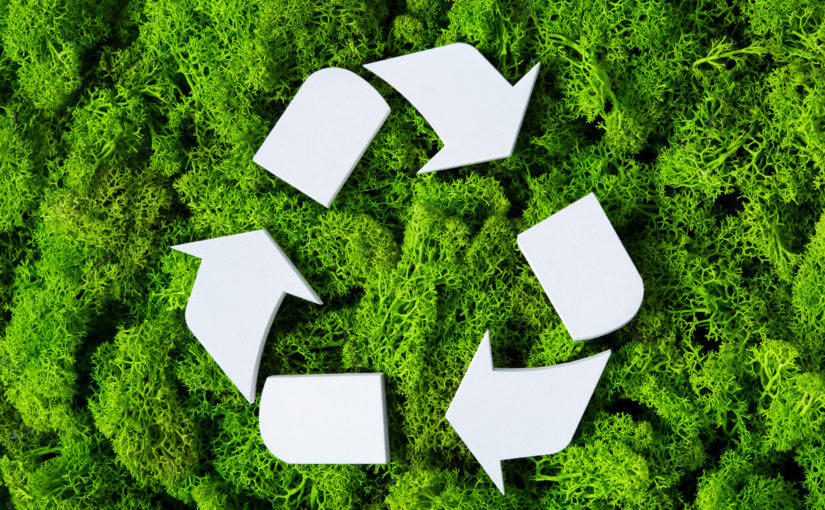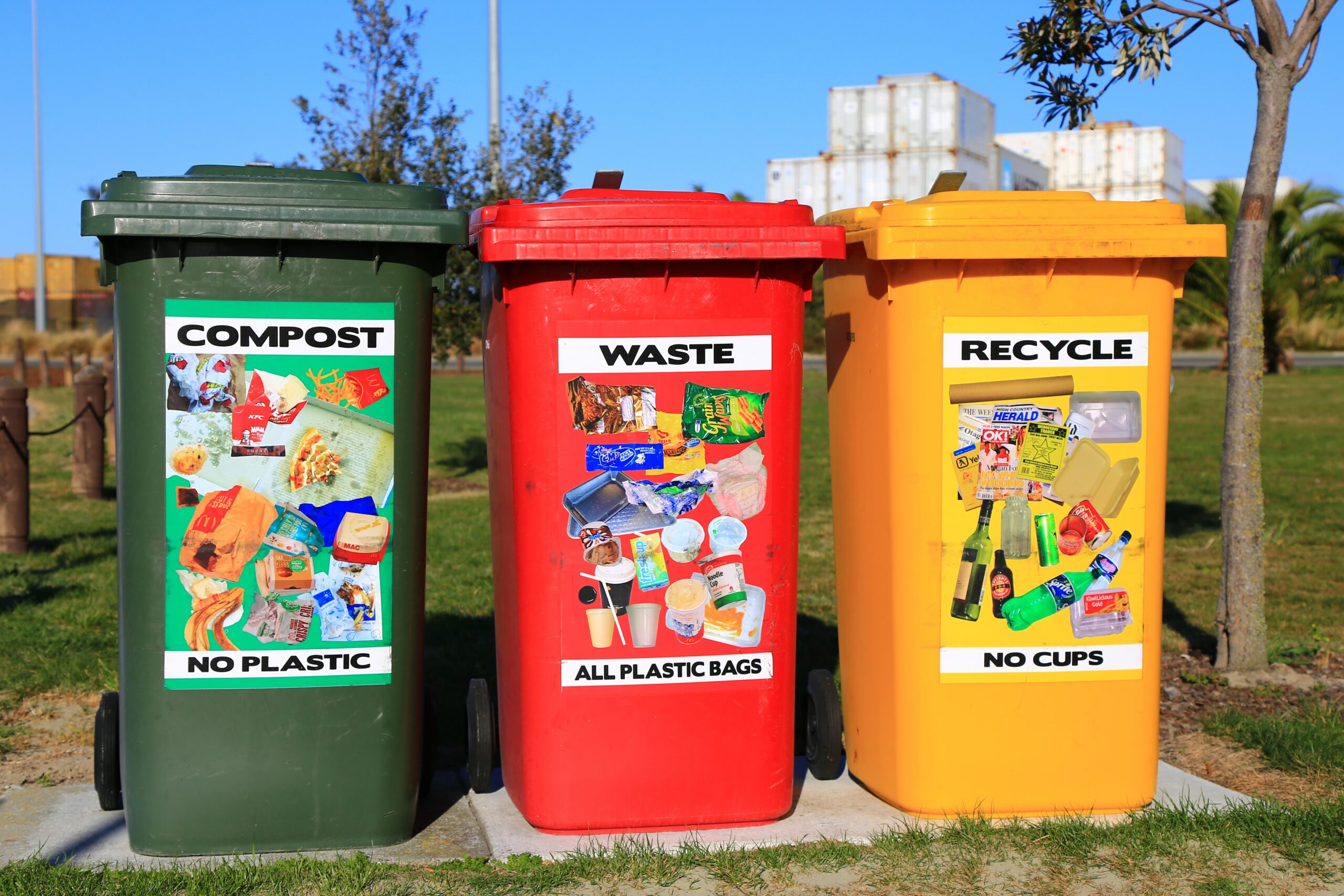Discovering Various Kinds Of Waste in Modern Waste Monitoring Solution
The modern landscape of waste management entails navigating a complicated variety of waste types, each requiring specialized handling and disposal approaches to alleviate ecological impacts. Local strong waste, contaminated materials, digital waste, and natural waste each present distinctive difficulties and possibilities for resource recovery. Cutting-edge remedies such as wise waste containers and waste-to-energy technologies are emerging as vital tools in improving effectiveness and sustainability. Understanding these waste types is necessary for fostering public understanding and encouraging energetic participation in lasting techniques. What strategies can efficiently address these different kinds of waste while promoting a circular economy?
Local Solid Waste
Community solid waste, usually referred to as house garbage or garbage, incorporates a range of thrown out products created by property, industrial, and institutional resources within a town. This waste stream normally includes items such as product packaging, food scraps, yard trimmings, paper, plastics, textiles, and thrown out home items. The monitoring of municipal solid waste is a critical part of urban preparation and public health, requiring reliable collection, transport, and disposal systems.
Reliable waste management systems are developed to lessen environmental effect while making the most of source recovery. This usually involves a mix of methods consisting of landfilling, composting, and recycling. Recycling programs target products like paper, glass, steels, and certain plastics, diverting them from land fills and reestablishing them into the manufacturing cycle. Composting organic waste, such as food scraps and yard trimmings, not just lowers garbage dump use yet also generates important soil amendments.
Towns should additionally attend to the logistical and financial challenges connected with waste management. Executing pay-as-you-throw systems, improving public recognition, and buying innovation can substantially improve waste diversion rates. By integrating these techniques, districts can promote lasting neighborhoods, minimize greenhouse gas exhausts, and save natural resources.
Hazardous Waste

Efficient contaminated materials monitoring involves a number of crucial steps: recognition, disposal, therapy, and partition. Identification requires the classification of waste based upon its dangerous buildings. Segregation guarantees that harmful materials are saved independently from non-hazardous waste to protect against cross-contamination. Therapy techniques, such as chemical neutralization, incineration, and stabilization, are employed to minimize the toxicity, volume, or movement of the waste. Disposal choices, consisting of safe and secure landfills and underground storage, are selected to guarantee long-term control.
Regulatory structures, such as the Resource Preservation and Healing Act (RCRA) in the USA, supply guidelines and requirements for unsafe waste management. Adherence to these guidelines, coupled with developments in waste treatment modern technologies, is essential in minimizing the dangers connected with harmful waste.
Digital Waste
Electronic waste, commonly referred to as e-waste, represents a swiftly growing challenge in waste administration systems worldwide. This sort of waste incorporates discarded electronic devices and equipment such as mobile phones, computer systems, televisions, and other electronic appliances. The quick pace of technological development, paired with reducing item life expectancies and customer demand for the most current gadgets, has actually exponentially boosted the quantity of e-waste created every year.
E-waste is particularly troublesome due to its intricate structure, usually consisting of wikipedia reference hazardous materials like lead, cadmium, and mercury, which present substantial ecological and health dangers otherwise correctly taken care of. On the other hand, e-waste also has useful products such as copper, gold, and silver, which can be recuperated and recycled. The dual nature of e-waste-- both important and unsafe-- requires customized handling, recycling, and disposal procedures.
Reliable e-waste management involves rigid regulative frameworks, robust collection systems, and progressed recycling technologies. Public awareness and involvement are vital, as incorrect disposal methods, such as illegal dumping and informal recycling, intensify environmental contamination and health dangers. Boosting e-waste administration methods is important for minimizing ecological effect and recovering important sources in an increasingly digital world.

Organic Waste
Organic waste, making up cooking area scraps, lawn trimmings, and agricultural residues, represents a considerable part of the global waste stream. This sort of waste is naturally degradable, implying it can be damaged down by microorganisms into less complex organic substances. Regardless of its possibility for all-natural decomposition, incorrect management of natural waste can bring about unfavorable environmental effects, consisting of the discharge of greenhouse gases such as methane, which add to climate adjustment.
Efficient administration of organic waste is critical for lessening these environmental impacts (recycling lives services). Composting is a widely embraced approach, transforming natural waste into nutrient-rich compost that can improve soil wellness and farming performance. Furthermore, anaerobic food digestion is an arising technology that converts organic waste right into biogas, a sustainable energy resource, and digestate, which can be made use of as fertilizer
Municipalities and waste management entities have to apply durable natural waste collection and therapy programs to maximize the benefits of these processes. Public education and learning campaigns can also play a critical role in encouraging families and businesses to different organic waste from other types of waste. By focusing on the monitoring of organic waste, cultures can lower landfill use, lower greenhouse gas discharges, and create useful by-products for agricultural usage.

Cutting-edge Waste Monitoring
In the realm of waste administration, cutting-edge approaches are transforming how cultures handle their refuse, aiming for sustainability and effectiveness. One popular advancement is the implementation of smart waste bins outfitted with sensing units that keep an eye on fill levels and enhance collection routes.
Another notable growth is the adoption of waste-to-energy (WtE) innovations. By transforming non-recyclable waste right into useful energy through procedures such as incineration and anaerobic digestion, WtE decreases landfill concern and gives a renewable energy source. In addition, improvements in chemical recycling enable the malfunction of complex plastics right into their original monomers, making it possible for the creation of brand-new, high-quality plastic items.
Moreover, the round economic situation design is getting grip, stressing the layout of items and systems that prioritize reusability and source efficiency. This alternative method urges industries to minimize waste generation from the beginning. With these ingenious techniques, modern waste monitoring systems are not only attending to the instant obstacles of waste disposal yet likewise leading the way for a much more lasting future.
Verdict
An extensive understanding try this of municipal solid waste, harmful waste, digital waste, and organic waste, coupled with the application of innovative waste administration solutions, is vital for reducing environmental influences. Integrating technologies such as smart waste containers and waste-to-energy systems can boost efficiency and sustainability. Reliable waste administration strategies not only foster source recovery but likewise promote public awareness and involvement, ultimately adding to the advancement of a round economy.
The contemporary landscape of waste management entails browsing a complicated range of waste types, each needing specialized handling and disposal methods to alleviate ecological influences. Community solid waste, hazardous waste, digital waste, and organic waste each present unique obstacles and opportunities for resource healing.Digital waste, YOURURL.com commonly referred to as e-waste, represents a rapidly expanding difficulty in waste management systems worldwide. Via these ingenious approaches, modern-day waste management systems are not only addressing the immediate obstacles of waste disposal however also paving the means for an extra lasting future.
An extensive understanding of community strong waste, harmful waste, electronic waste, and organic waste, coupled with the application of cutting-edge waste administration solutions, is essential for reducing environmental effects. (recycling lives services)
Comments on “Discover the Perks of Recycling Lives Services for Your Service”